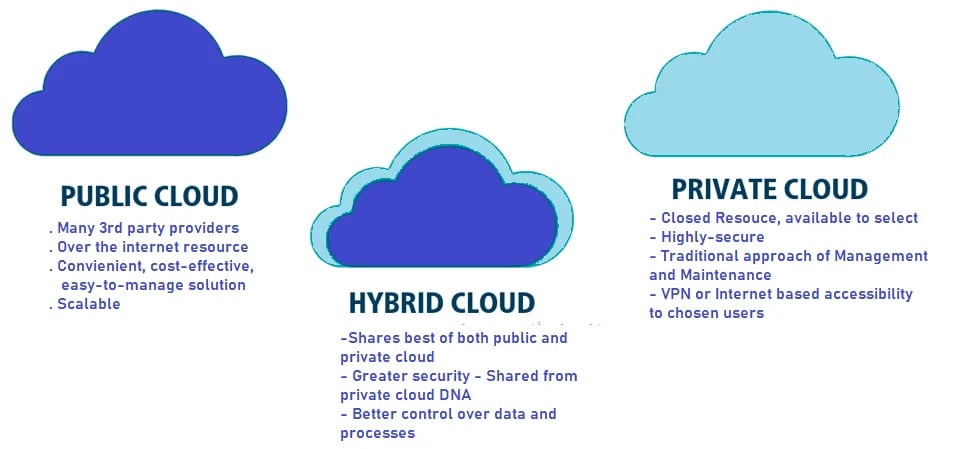Entity Framework Core performance tips
You can make improvements to data obtain general performance in Entity Framework Core in many ways. These involve enabling keen loading, disabling lazy loading, making use of streaming as an alternative of buffering, and disabling change tracking. In this post, we will examine some of the recommendations and tricks that can aid you make improvements to the general performance of your ASP.Internet Core 7 applications that make use of EF Core 7.
To perform with the code illustrations supplied in this short article, you really should have Visible Studio 2022 Preview set up in your process. If you really don’t by now have a copy, you can obtain Visible Studio 2022 Preview here.
Make an ASP.Internet Main nominal World-wide-web API project in Visual Studio 2022 Preview
Very first off, let us create an ASP.Web Core challenge in Visible Studio 2022. Pursuing these measures will develop a new ASP.Web Core Internet API 7 undertaking in Visible Studio 2022:
- Start the Visible Studio 2022 Preview IDE.
- Click on on “Create new challenge.”
- In the “Create new project” window, choose “ASP.Internet Core Web API” from the checklist of templates shown.
- Click Next.
- In the “Configure your new project” window, specify the name and place for the new job.
- Optionally look at the “Place answer and job in the same directory” test box, based on your tastes.
- Click Subsequent.
- In the “Additional Information” window shown subsequent, underneath Framework, find .Web 7. (Preview).
- Uncheck the check out box that claims “Use controllers…” considering the fact that we’ll be employing small APIs in this illustration. Leave the “Authentication Type” set to “None” (default).
- Ensure that the look at containers “Enable Docker,” “Configure for HTTPS,” and “Enable Open API Support” are unchecked as we won’t be applying any of these features right here.
- Click on Build.
We’ll use this ASP.Web Main 7 Website API venture to work with Entity Framework Core 7 in the subsequent sections of this short article.
What is Entity Framework Main?
Entity Framework is Microsoft’s object-relational mapper (ORM) for .Internet. Entity Framework Main is the open up-resource, cross-system version of Entity Framework for .Net Main.
Entity Framework Main will make it simpler to apply details accessibility in your .Internet Core applications since it makes it possible for you to function with the databases working with .Net objects. EF Main lets you create code to execute CRUD actions (make, read through, update, and delete) devoid of understanding how the information is persisted in the fundamental database. Making use of EF Main, you can more quickly retrieve entities from the details store, increase, change, and delete entities, and traverse entity graphs.
EF Main performance finest techniques
You can aid EF Main execute these knowledge obtain functions additional speedily by having benefit of a few best tactics. We’ll focus on five of these ideal tactics below.
Disable alter monitoring for read-only situations
Whenever you query entities in your DbContext, the context tracks the returned objects so that you can change them and preserve the modifications. If the query is a examine-only query, i.e., if no adjustments will be built to the returned details, then the context is not needed to conduct that undertaking. You should disable improve tracking if it is not necessary.
You can disable alter monitoring for personal queries by including the AsNoTracking strategy in the question. When the AsNoTracking strategy is utilised, EF Core will skip the added effort of monitoring the entities, thereby enhancing effectiveness (specially for queries involving significant quantities of entities).
Most importantly, you do not need to have transform tracking when you only intend to retrieve facts in your software. In other words, if you only want to retrieve knowledge from the data context, devoid of inserting, updating, or deleting information, then you really do not need to have this attribute to be turned on. You can disable item tracking by introducing the following code to your knowledge context course.
ChangeTracker.QueryTrackingBehavior = QueryTrackingBehavior.NoTracking
The bottom line is that queries that use AsNoTracking will operate faster than queries that don’t use it. Nonetheless, bear in mind that you should never ever use AsNoTracking in queries that insert, edit, or delete entities. Additionally, if you need to have to insert, edit, or delete info working with the data context, you must avoid specifying the QueryTrackingBehavior at the details context amount.
Retrieve only the info you require
When dealing with enormous volumes of facts, you must strive to retrieve only the demanded records for the certain query. When fetching info, you ought to use projections to select just the essential fields. You really should stay clear of retrieving needless fields. The following code snippet displays how to get hold of facts in a paged fashion. Detect how the commencing webpage index and web site dimension have been utilized to decide on just the necessary information.
int pageSize = 50, startingPageIndex = 1
var dataContext = new OrderProcessingDbContext()
var data = dataContext.Orders.Consider(pageSize)
.Skip(startingPageIndex * pageSize)
.ToList()
Break up your massive information context into many scaled-down knowledge contexts
The data context in your software signifies your database. Consequently, you may perhaps marvel whether or not the software really should have only one particular or much more details contexts. In Entity Framework Main, the startup time of a substantial info context represents a substantial performance constraint. As a consequence, as an alternative of applying a one vast info context, you should crack the details context into quite a few more compact facts contexts.
Preferably, you ought to only have just one info context for every module or device of get the job done. To use many data contexts, basically make a new class for each facts context and extend it from the DbContext class.
Disable lazy loading
Lazy loading is a attribute that eliminates the want to load pointless linked entities (as in specific loading) and would seem to take out the developer from working with linked entities completely. Simply because EF Main is adept at quickly loading similar entities from the databases when accessed by your code, lazy loading would seem like a pleasant feature.
Nevertheless, lazy loading is especially vulnerable to producing needless supplemental round excursions, which could slow down your application. You can turn off lazy loading by specifying the following in your knowledge context:
ChangeTracker.LazyLoadingEnabled = bogus
Use DbContext pooling
An software typically has numerous details contexts. Simply because DbContext objects might be expensive to develop and dispose of, EF Main features a mechanism for pooling them. By pooling, DbContext objects are made once, then reused when essential.
Employing a DbContext pool in EF Core can enhance overall performance by lessening the overhead concerned in building and disposing of DbContext objects. Your software may possibly also use much less memory as a final result.
The next code snippet illustrates how you can configure DbContext pooling in the System.cs file.
builder.Providers.AddDbContextPool(possibilities => solutions.UseSqlServer(link))
This report presented a dialogue of ideal procedures that can be adopted to boost info accessibility efficiency in EF Main. Of class, each individual software has diverse information obtain specifications and traits. You must benchmark your EF Main functionality in advance of and after you utilize these adjustments to assess the benefits for your unique application. An exceptional software for the undertaking is BenchmarkDotNet, which you can browse about in a preceding publish.
Copyright © 2022 IDG Communications, Inc.







